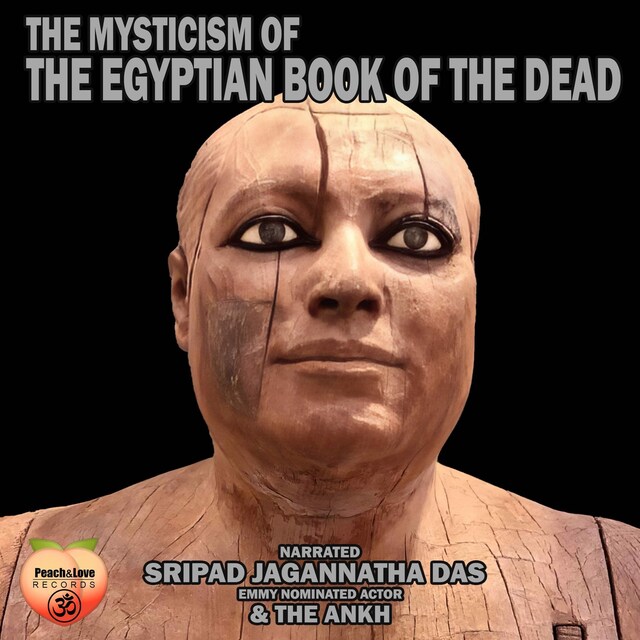
The Mysticism Of The Egyptian Book Of The Dead
Beskrivelse av boken
The Egyptian Book of the Dead, also known as the "Book of Coming Forth by Day," is a collection of ancient funerary texts and spells aimed at guiding the deceased through the afterlife. These texts were in use from the beginning of the New Kingdom, around 1550 BCE, until about 50 BCE. The Book of the Dead evolved from earlier texts such as the Pyramid Texts of the Old Kingdom and the Coffin Texts of the Middle Kingdom, gradually becoming more personalized to cater to the needs of individual deceased persons. Written on papyrus scrolls and often accompanied by vivid illustrations, the Book of the Dead includes approximately 200 spells, though not every manuscript contains all of them. Some of the most significant spells are those that address the weighing of the heart ceremony, a pivotal event where the deceased's heart is measured against the feather of Ma'at, symbolizing truth and justice. If the heart was found to be lighter than the feather, the deceased could proceed to the afterlife. Other notable spells provided protection for the heart, offered instructions for navigating the afterlife or gave orders to the shabti figures, which were small servant statuettes meant to assist the deceased. The primary purpose of the Book of the Dead was to ensure the safe passage of the deceased through the afterlife and to secure a favorable judgment before Osiris, the god of the afterlife. It was believed that a person who lived according to the principles of Ma'at would achieve a peaceful existence in the Field of Reeds, a paradise where the soul could enjoy eternal life. These texts highlight the Egyptians' strong belief in resurrection and the immortality of the soul. The Book of the Dead provides profound insights into the religious beliefs and practices of ancient Egyptians. It reflects their intricate views on death, the afterlife, and the importance of living a just life.


